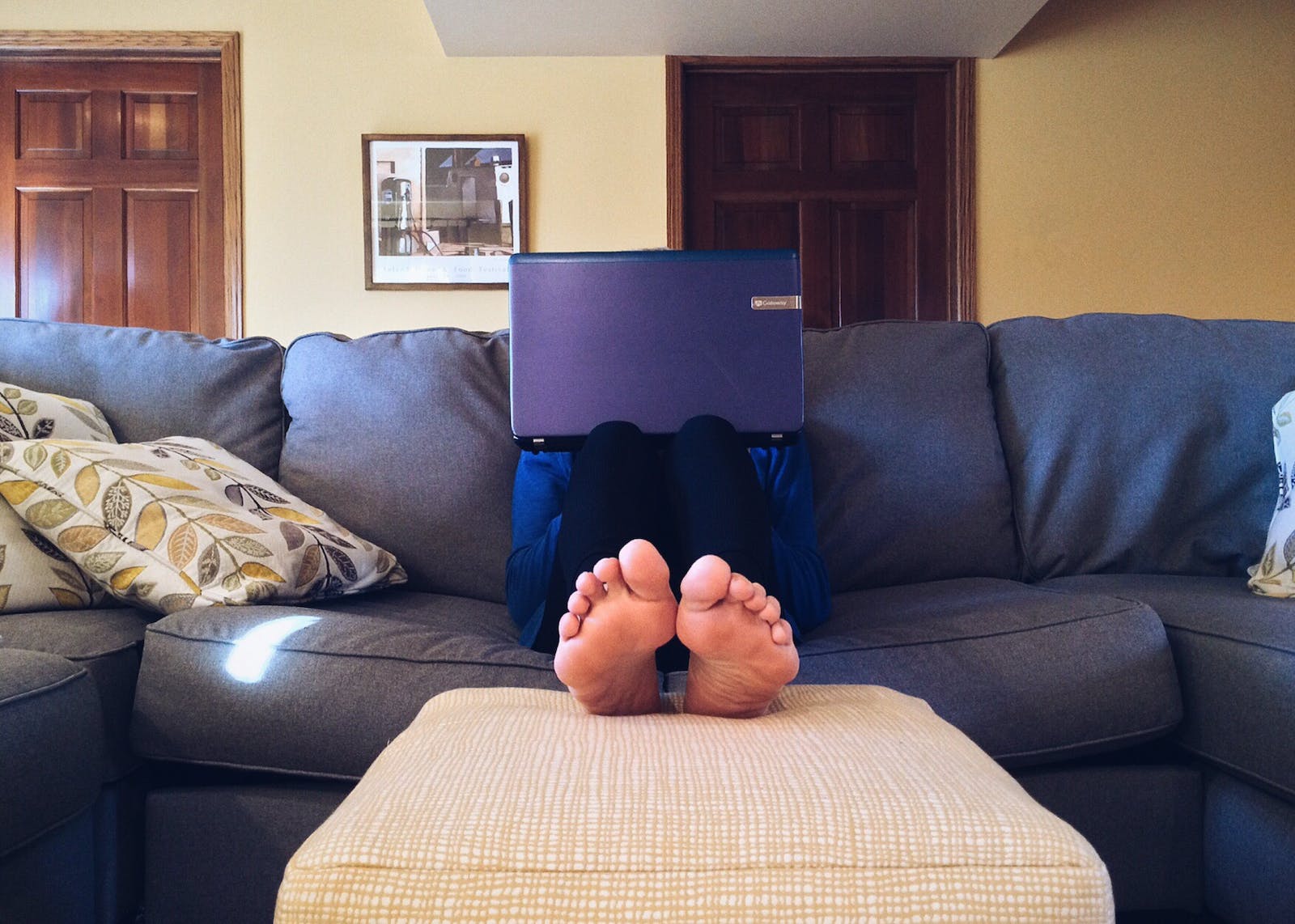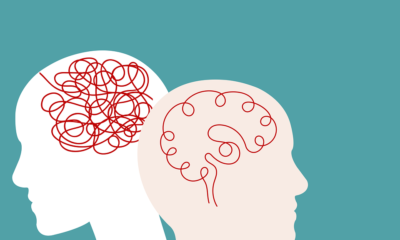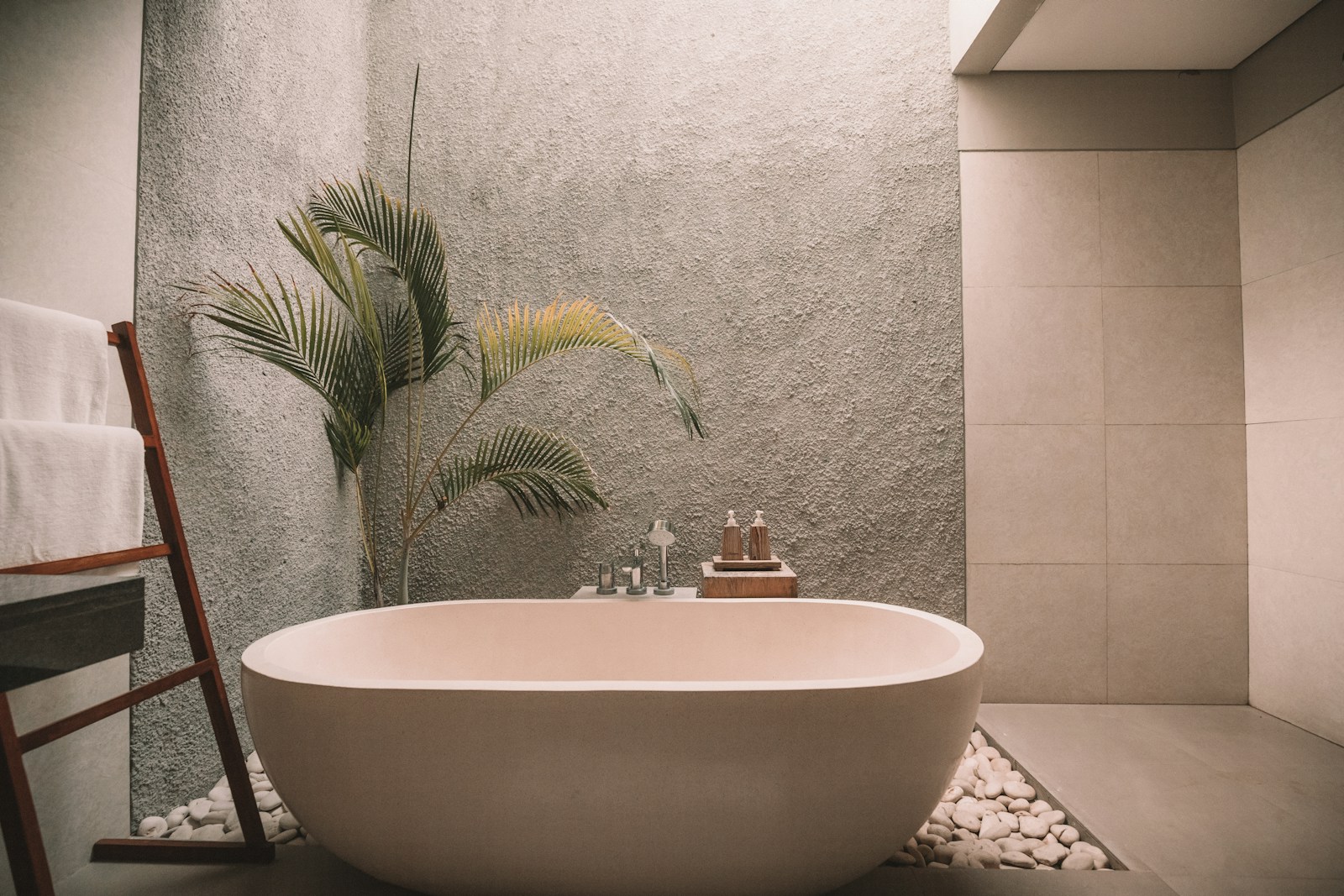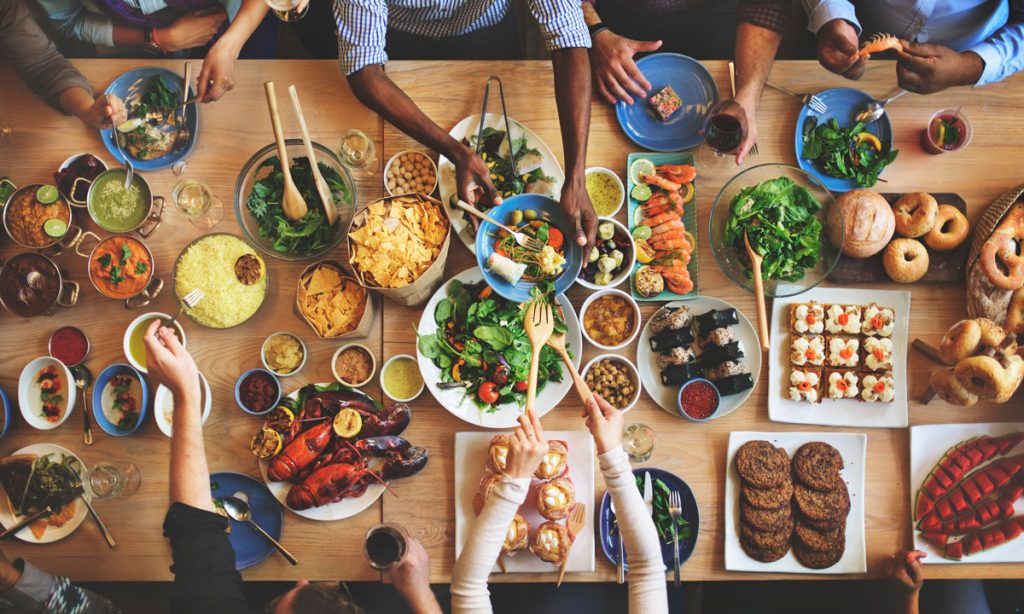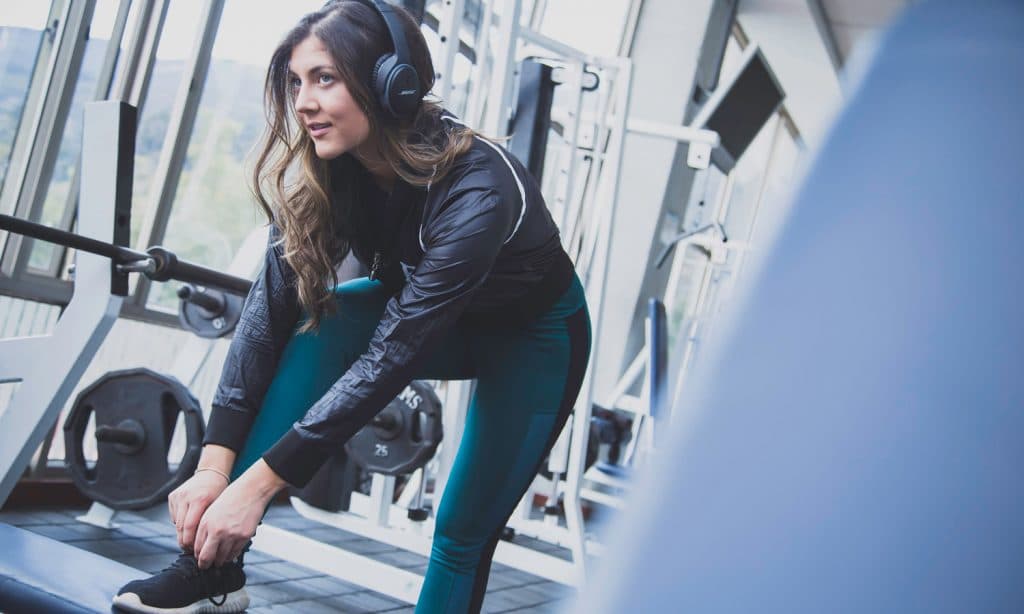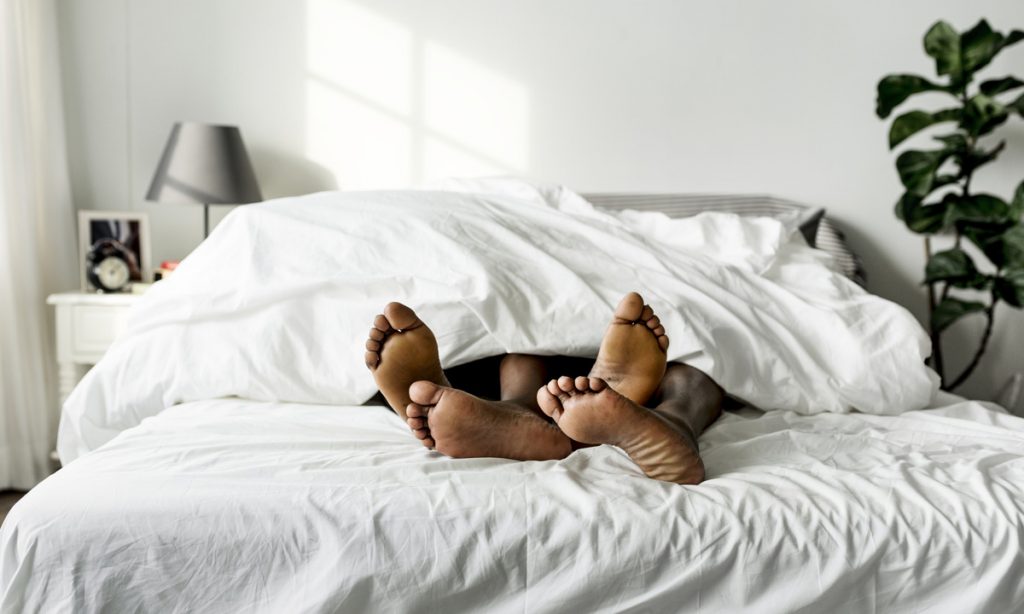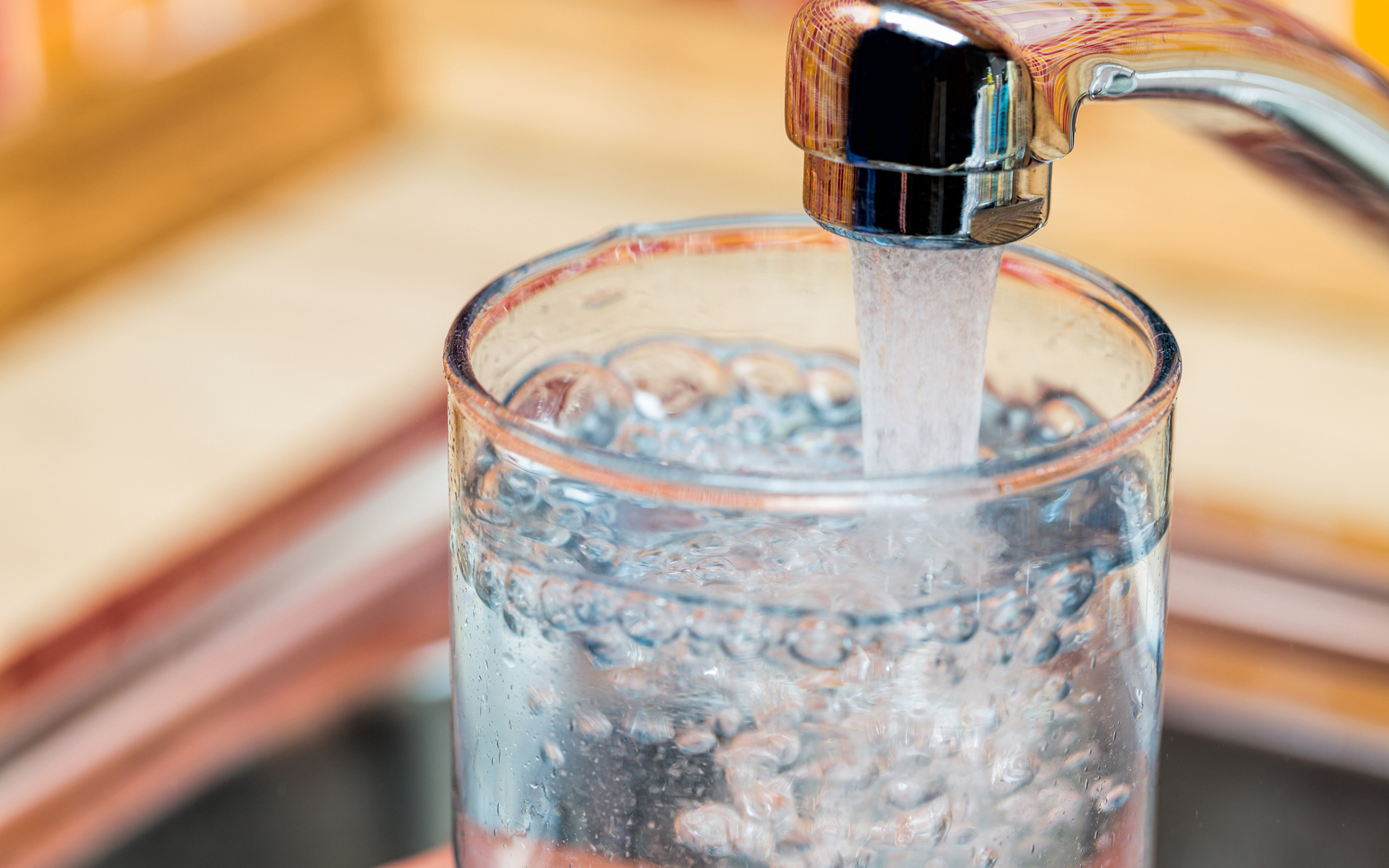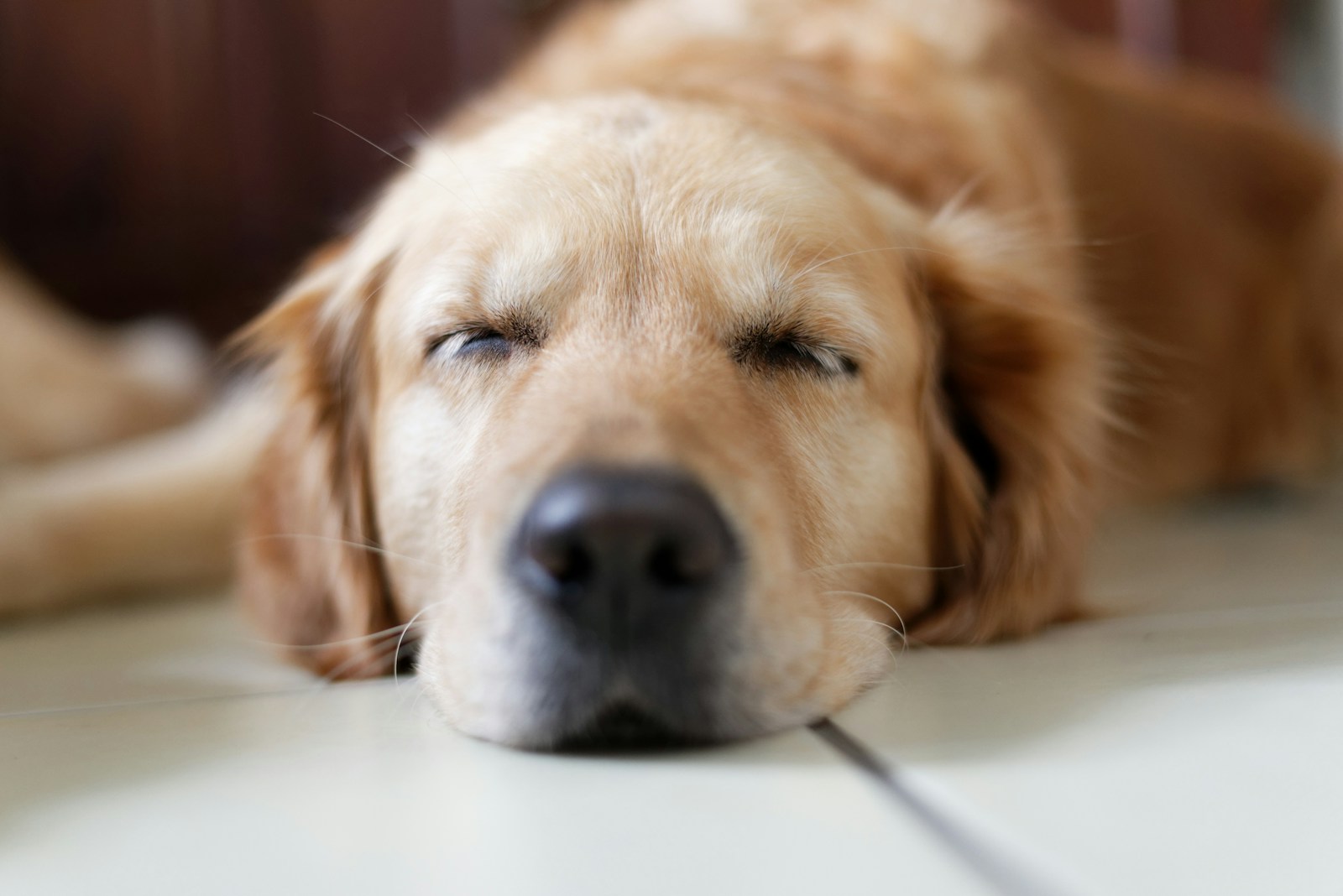Dasani is the “chicken nuggets” of water—stripped, processed, and rebuilt from the ground up.
Topo Chico mineral water helps bring out the flavor in a strain like Hashburger.
And tap water is way smarter than Smart Water.
These are just a few takeaways from our chat with a bonafide water sommelier who has tips on getting high and staying hydrated.
To help us wrap our heads around water as both a resource, lifestyle, and cannabis companion, we spoke to Milin Patel, a London-based and world-famous water sommelier, consultant, and coiner of aquatasteology, who has etched out a niche studying and spreading accessible information on his favorite subject—that H2O.
“I look at the ways water interacts in our built environment, from food manufacturing to power generation, to hospitals…You ask people, ‘can you describe the taste of water?’ They’ll be like, ‘hey, it’s just water, it doesn’t taste anything.’ Mother Nature has more flavor than Coca Cola and Pepsi Cola put together. But we’ve just never been educated from a young age to respect and drink water in a certain way,” he told me.
In short, we made a hydro homie for life. Summer solstice is here and the longest day of the summer is only the beginning of the hottest days. Water is the key to not only health, but better breath, and a happy time on THC.
For more, follow Milin Patel | World of Water Consultancy at Instagram: @hydratetheimagination.
So what’s the secret? ‘Total Dissolved Solids’

Much like cannabis, water has a terroir; each source, be it a spring, river, or glacier, influences a water’s taste, feel, and interaction with other substances—like cannabis. The key is looking for single-sourced spring water, and then examining the mineral content. This is where the character of water comes from, called the total dissolved solids (TDS).
TDS is measured in milligrams per liter (mg/l) or parts per million (ppm) and encompasses:
- carbonates
- bicarbonates
- chlorides
- sulfates
- phosphates
- nitrates
- calcium
- magnesium
- sodium
- potassium
- iron
- manganese, and other minerals
But why does TDS matter so much? Well, it’s the chief architect of water’s taste and character that you will experience. Think of low-TDS water like white wine, vs high-TDS water like a tough red.
Shop highly rated dispensaries near you
Showing you dispensaries near
Patel states:
Different waters have varying mineral compositions. Some may have higher levels of minerals like calcium, magnesium, or bicarbonate, which can subtly help increase the longevity of the flavor of the cannabis strain on the palate, and also increase the taste profile of the water to emerge. Low TDS waters may feel light and soft. Medium TDS waters might have a bit of a weight and mouthfeel. High TDS waters are pretty punchy; they have an earthy flavor, maybe sweet, maybe sherbet, a bit sour—very joyful.”
TDS charted:
- Pure to soft water: 0 to 150 ppm
- Average tap water: 150 to 400 ppm
- Mineral water: 500 ppm and up.
Fun fact: Vichy Catalan mineral water in Barcelona has 2,900 ppm TDS!
By contrast, Topo Chico Mexican mineral water has 600 ppm TDS.
Add some bubbles:
“Sparkling water can add a refreshing and effervescent element to the experience. The bubbles can cleanse the palate between cannabis inhalations, plus providing a unique sensation of the bubbles. Plus help suppress the munchies.”
A low-TDS water like Fiji, which flows over silica-rich volcanic rocks, will feel smoother than the naturally-carbonated Topo Chico, which comes from Monterrey, Mexico.
Distinct flavors and experiences can emerge even within waters with similar TDS content; in our video interview, Amelia tried a volcanic water from Hawaii that she found a lot silkier than Fiji; a naturally-carbonated water from Poland was far more tart than the crisp taste of Topo Chico or San Pellegrino (which is spring water with added carbonation).
Mind the acidity, or pH
Water is either alkaline, neutral, or acidic. For example, high alkaline waters (low pH) will have a nuance of smooth, silky ,and bitter taste. Slightly acidic waters (high pH) may have a delightful citrus snap.

Temperature matters
Room temperature, cold, and iced water all produce different nuances to the hydration experience. Room temps work best for flavor, iced water for throat relief.
(Note: You should be drinking, like, 64 ounces of water per day.)
Watch out for purified water
It’s hard to improve on nature, so be wary of highly processed or treated water. Patel is not a fan.
“Purified water, often positioned as a pinnacle of purity, is, in reality, nothing more than tap water subjected to an industrial processing line. Opting for purified water might not align with your best interests. “
Consider this: purified water is essentially the ‘chicken nugget of waters’ in my opinion. It undergoes extensive processing and ends up being sold back to you at very high prices.
Milin Patel, World of Water Consultancy
Natural spring water has more character, and by extension, more impact.
“Before taking that refreshing sip, delve into the source and filtration process, as it could make a world of difference in your overall water experience.”
Some pairing ideas:
When smoking straight Flower (joint, bowl, bong):
- Water pairing: Crisp and neutral spring water before combustion can complement the clean taste of smoking pure cannabis. As you burn through your bud, a higher TDS and sparkling water can help break up the residue and keep your mouth receptive to terpenes.
- Cannabis Strain: Consider a balanced hybrid like Blue Dream or RS11 for a smooth experience.
Smoking a blunt, spliff, or with tobacco:
- Water Pairing: A still, high mineral-rich water can enhance the flavor profile, while a robust sparkling water with a touch of acidity can cut through the tobacco taste.
- Cannabis Strain: A robust strain like OG Kush or GMO Cookies can pair well with the rich flavors of a blunt, while a milder strain like Northern Lights can complement the tobacco without overpowering.
Vaping:
- Water Pairing: A soft (low-TDS), still water can refresh you between vape sessions. Ideally the water is room temperature, which allows the palate to better absorb flavor.
- Cannabis Strain: Try a flavorful strain like Pineapple Express, Jealousy, and Tropicana Cookies for a pleasant vaping experience.
Dabbing:
- Water Pairing: Opt for room-temperature water to cleanse the palate after each dab. If the dab is too excessive, or you misfire on temperature, then iced or cold water with bubbles will provide immediate relief.
- Cannabis Strain: Concentrates often have intense flavors, so choose a strain like Gelato or Runtz for a well-balanced experience.
More tips:
- Drink water at room temp to best understand its flavor
- Smoke a joint or take a dab with low-TDS water for maximum flavor, like Icelandic Glacial. Chase the hit with high-TDS water like Evian to bring out new notes. Then bubble water to reset the palate.
- Smoke delicate sativas with low-TDS water to amplify the subtlest notes.
- Smoke hard-hitting indicas with high-TDS water like Topo Chico for a taste safari.
- Seek out niche, regional mineral waters for new layers. Hit the Vichy Catalan in Barcelona. The Topo Chico in San Diego, CA.
Aside from the “nugget” waters, there are no “right” or “wrong” waters, but you may find you prefer one type when smoking a joint and another when firing up a dab. There are also different times in your sesh that different waters might serve you; a softer water preps your palate, while a more mineral-heavy water may better help quench your thirst and complement terpenes when cottonmouth sets in.
“In summary, just as the right wine enhances the flavors of a meal, choosing the appropriate style of water can elevate the taste of terpenes,” Patel says, “promoting the entourage effect and contributing to a more enriching experience of cannabis, both in terms of flavor and potential health benefits.”
Looking for the top bottled waters?
Much like finding your preferred cannabis cultivar or family of strains, the fun of finding the right water for you comes from experimentation. While your local grocery will likely stock a few popular brands, smaller neighborhood stores in cultural neighborhoods often stock unique options. Single-source waters will list their source site and mineral content on the bottle; it may be worth keeping a notebook to keep track of your pairing journey.
The Los Angeles Times tried 70 of them in 2023. They liked:
- Mountain Valley
- Aqua Carpatica
- Castle Rock
- Acque Panna
- Fiji
- Starkey
The top-selling bottled still waters in the US are:
- Aquafina
- Glaceau (Smart Water)
- Dasani
- Poland Spring (Nestle)
(So basically water snobbery is like music snobbery—where the big corporate best-sellers are detested in favor of weirder, more regional brands. Good to know!)



